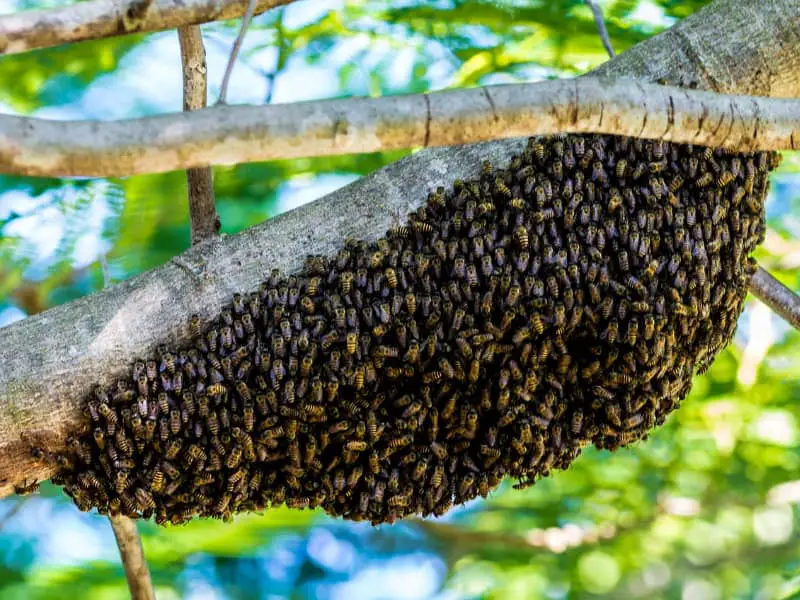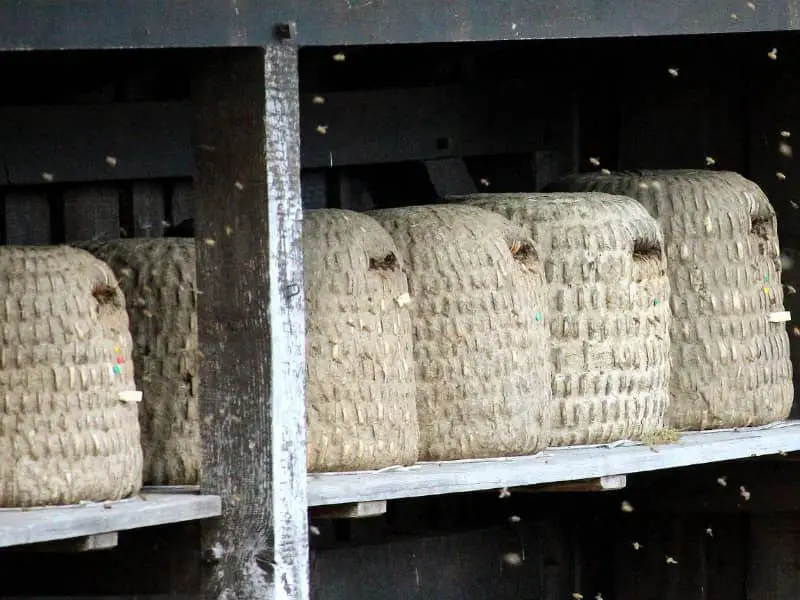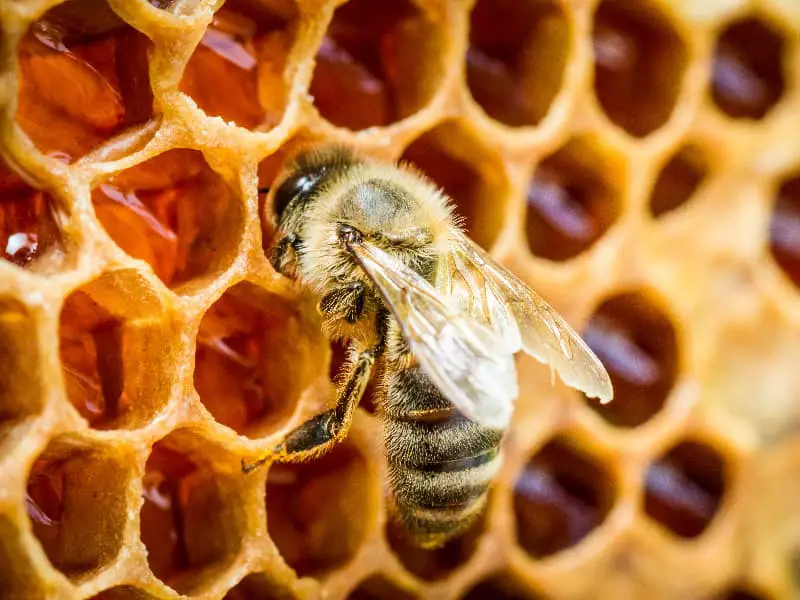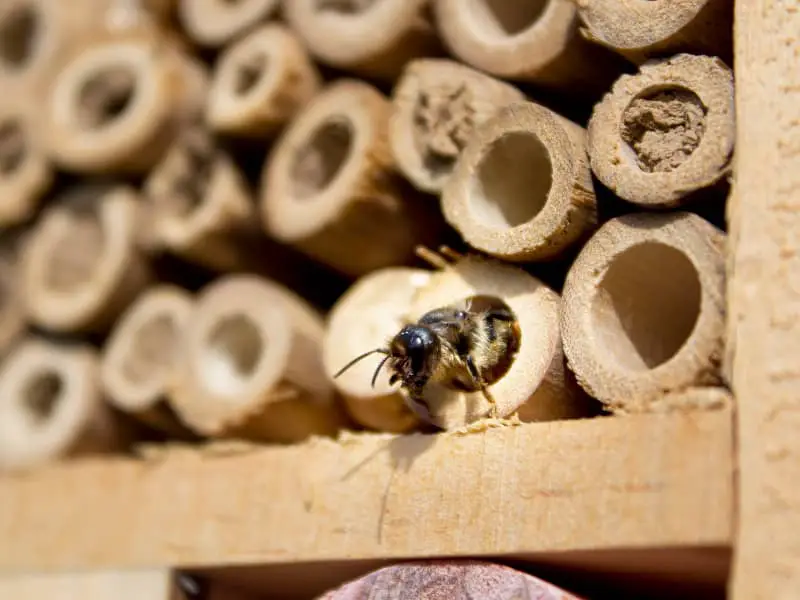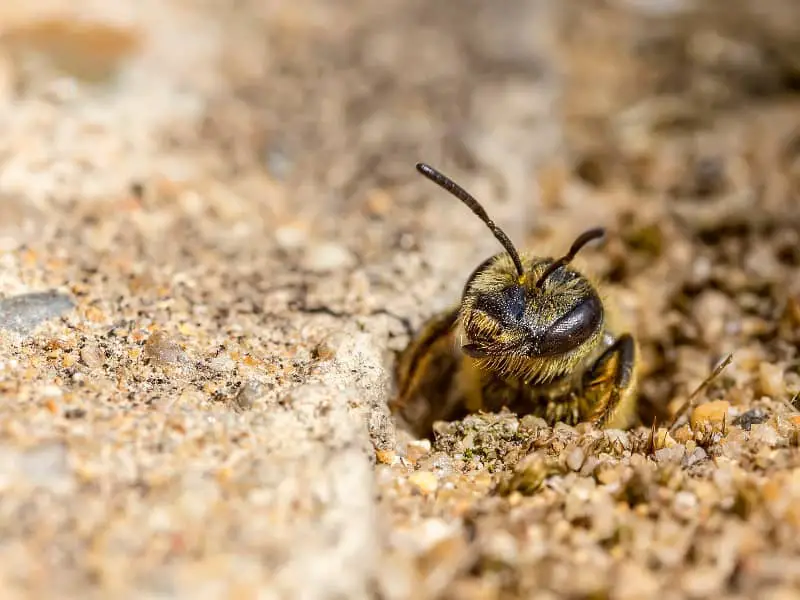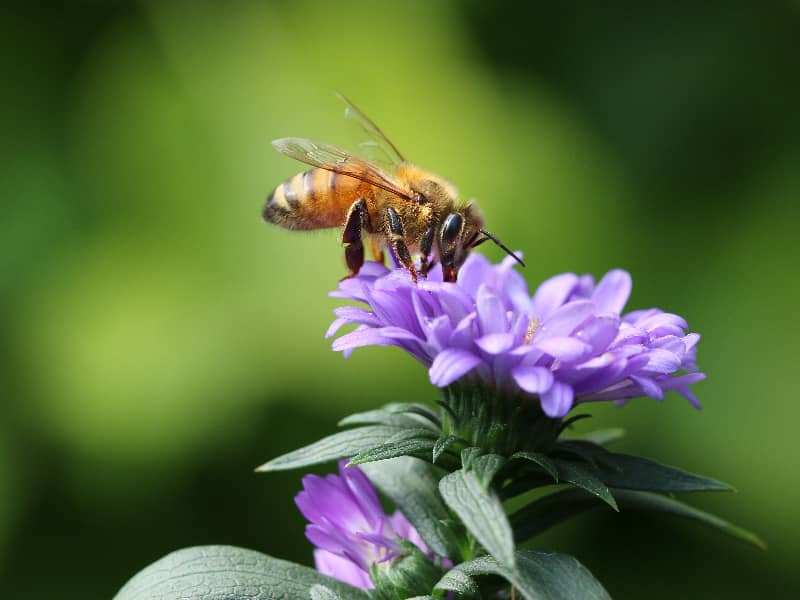
How high can bees fly?
Bees have fascinated mankind for thousands of years. These small, industrious insects are not only indispensable for pollinating plants, but are also known for producing honey. But how high can these flying wonders actually soar? This question has certainly occupied many a nature enthusiast.
Bees and their flying abilities
Bees are known for their impressive flying abilities. They can fly not only forward, but also backward and sideways, at a rapid pace or very gently. But what exactly are their high-altitude flying abilities?
It is known that bees usually fly near their food sources and the hive. But there are situations when they need to go to higher altitudes.
The influence of the environment
The environment plays a crucial role in the flight altitude of bees. In mountainous areas or highland regions, bees need to fly higher to find food. It has been observed that bees in such regions regularly fly at altitudes above 3000 meters.
But what happens when there are no mountains? In flatter areas, the bees' flight altitude usually remains lower. Nevertheless, if necessary, they can reach considerable heights here as well.
Physiological limitations in flight altitude
So the question is: How high can bees theoretically fly? Bees, like all animals, are subject to physiological limitations. The concentration of oxygen in the air decreases with increasing altitude. This means that bees can have difficulty breathing at very high altitudes.
Bees also have to expend more energy at high altitudes to fight thinner air resistance. This can deplete their energy reserves more quickly and make them more vulnerable to hazards.
Record attempts and observations
There have been numerous observations and studies to find out how high bees can fly. Some researchers have observed that bees in mountainous regions regularly fly at altitudes of up to 5000 meters. However, these are unique cases and not the rule.
Another interesting point: In some experiments, bees were exposed to altitude in special chambers. Here it was shown that they were able to survive at simulated altitudes of up to 9000 meters. Unfortunately, it is not clear from the report whether the bees flew in the process.
Why do bees fly so high in the first place?
Some might wonder why bees need to fly so high in the first place. First and foremost, they do so in search of food. In mountainous regions, flowers and plants that produce nectar can grow at higher altitudes.
There are also other reasons. Sometimes bees can fly higher to escape predators or to protect themselves from bad weather. Although high flights can be risky, it shows how adaptable and resilient these little creatures are.
Relationships with the temperature
Temperature also has an impact on the flight height of bees. Low temperatures can affect the bees' muscles and limit their ability to fly. At higher altitudes, it can become colder, making flight more strenuous for bees.
However, there are also some bee species that are adapted to cooler temperatures and can fly at colder altitudes. So it depends very much on the bee species and the environmental conditions.
Conclusion: How high can bees fly?
The flight capabilities of bees are as fascinating as they are complex. Although they usually fly at lower altitudes, they have the potential to reach considerable heights, especially if their environment or search for food requires it. Physiological limitations, environmental factors and temperatures influence the altitude at which they can fly.
These small insects once again prove their amazing adaptability and versatility, which makes them one of the most remarkable creatures on our planet.
Author

-
Garden animal - A life with nature
Welcome to my animal blog! My name is Dirk and I am happy to take you on my journey through the fascinating world of animals and gardening.
Born 54 years ago, I have had an insatiable curiosity for the animal world around me since childhood. Although I have moved professionally in other industries, my true passion has always been animals and nature. It is remarkable how a small garden has become such an important part of my life.
Many of my fondest memories are associated with the animals that share our home. Whether it's the curious squirrels that scurry across the trees in the morning, the colorful variety of birds that visit our feeders, or the busy bees and butterflies that pollinate our flowers, every moment with them is invaluable to me.
This blog is my contribution to share my experiences, discoveries and insights with like-minded people. Here I will share stories of unforgettable encounters with animals, give tips on gardening and creating wildlife-friendly habitats, and take you on my journeys through nature.
Thank you so much for being here!
Cordial,
Dirk aka garden animal
Last posts
- 27. February 2024PetsVeganes Hundefutter – Grün und Gesund?
- 18. January 2024ChickensOregano für Hühner
- November 27, 2023HamsterDiurnal hamsters
- November 24, 2023HamsterHamster hammock

